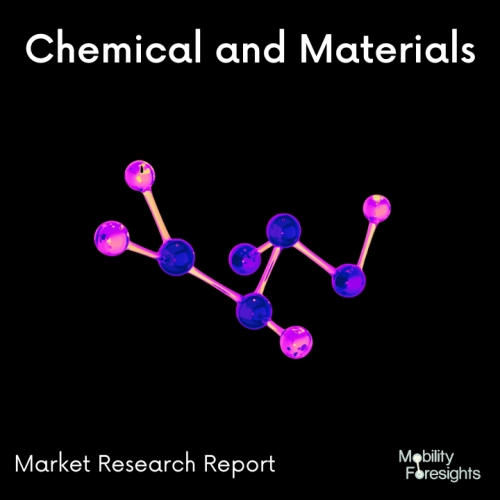
- Get in Touch with Us

Last Updated: Apr 25, 2025 | Study Period: 2024-2030
A fuel cell is an electrochemical device that uses two redox processes to transform the chemical energy of a fuel and an oxidizing agent into electrical energy. When compared to most batteries.
fuel cells differ in that they need a constant supply of fuel and oxygen to maintain the chemical reaction, whereas in batteries, the chemical energy is often derived from materials that are already present in the battery.
Fuel cells can produce electricity continuously for as long as fuel and oxygen are supplied. There are many types of fuel cells, but they all consist of an anode, a cathode, and an electrolyte that allows ions, often positively charged hydrogen ions, to move between the two sides of the fuel cell.
A catalyst at the anode triggers oxidation reactions in the fuel that produce ions and electrons. Through the electrolyte, the ions travel from the anode to the cathode.
Direct current electricity is created simultaneously as electrons go from the anode to the cathode through an external circuit. At the cathode, another catalyst causes ions, electrons, and oxygen to react, creating water and perhaps other compounds.
Proton-exchange membrane fuel cells and solid oxide fuel cells have startup times that range from one second to ten minutes, respectively, depending on the type of electrolyte they use.
Flow batteries, which may be recharged to regenerate fuel, are a related technology. Electrical potentials generated by a single fuel cell are typically quite low.

The Global Electrochemical fuel cells market accounted for $XX Billion in 2023 and is anticipated to reach $XX Billion by 2030, registering a CAGR of XX% from 2024 to 2030.
Model 400 NG PureCell launched by GenCell uses natural gas that is delivered by gas pipelines. Highly available in metropolitan areas as electricity and heat is delivered by leveraging the current infrastructure.
A crucial link between the phases of energy generation and consumption is the storage and conversion of energy. There must be a better option to store and use green and renewable energies in the future because traditional fossil fuels are a natural and unsustainable energy storage medium with finite supplies and well-known pollution issues.
A clean and effective method of utilising the fuels is necessary to solve the energy and environmental challenges. With the help of water and heat as byproducts, fuel cells efficiently transform the oxidant and chemical energy stored in the fuel into direct current electricity.
| Sl no | Topic |
| 1 | Market Segmentation |
| 2 | Scope of the report |
| 3 | Abbreviations |
| 4 | Research Methodology |
| 5 | Executive Summary |
| 6 | Introduction |
| 7 | Insights from Industry stakeholders |
| 8 | Cost breakdown of Product by sub-components and average profit margin |
| 9 | Disruptive innovation in the Industry |
| 10 | Technology trends in the Industry |
| 11 | Consumer trends in the industry |
| 12 | Recent Production Milestones |
| 13 | Component Manufacturing in US, EU and China |
| 14 | COVID-19 impact on overall market |
| 15 | COVID-19 impact on Production of components |
| 16 | COVID-19 impact on Point of sale |
| 17 | Market Segmentation, Dynamics and Forecast by Geography, 2024-2030 |
| 18 | Market Segmentation, Dynamics and Forecast by Product Type, 2024-2030 |
| 19 | Market Segmentation, Dynamics and Forecast by Application, 2024-2030 |
| 20 | Market Segmentation, Dynamics and Forecast by End use, 2024-2030 |
| 21 | Product installation rate by OEM, 2023 |
| 22 | Incline/Decline in Average B-2-B selling price in past 5 years |
| 23 | Competition from substitute products |
| 24 | Gross margin and average profitability of suppliers |
| 25 | New product development in past 12 months |
| 26 | M&A in past 12 months |
| 27 | Growth strategy of leading players |
| 28 | Market share of vendors, 2023 |
| 29 | Company Profiles |
| 30 | Unmet needs and opportunity for new suppliers |
| 31 | Conclusion |
| 32 | Appendix |